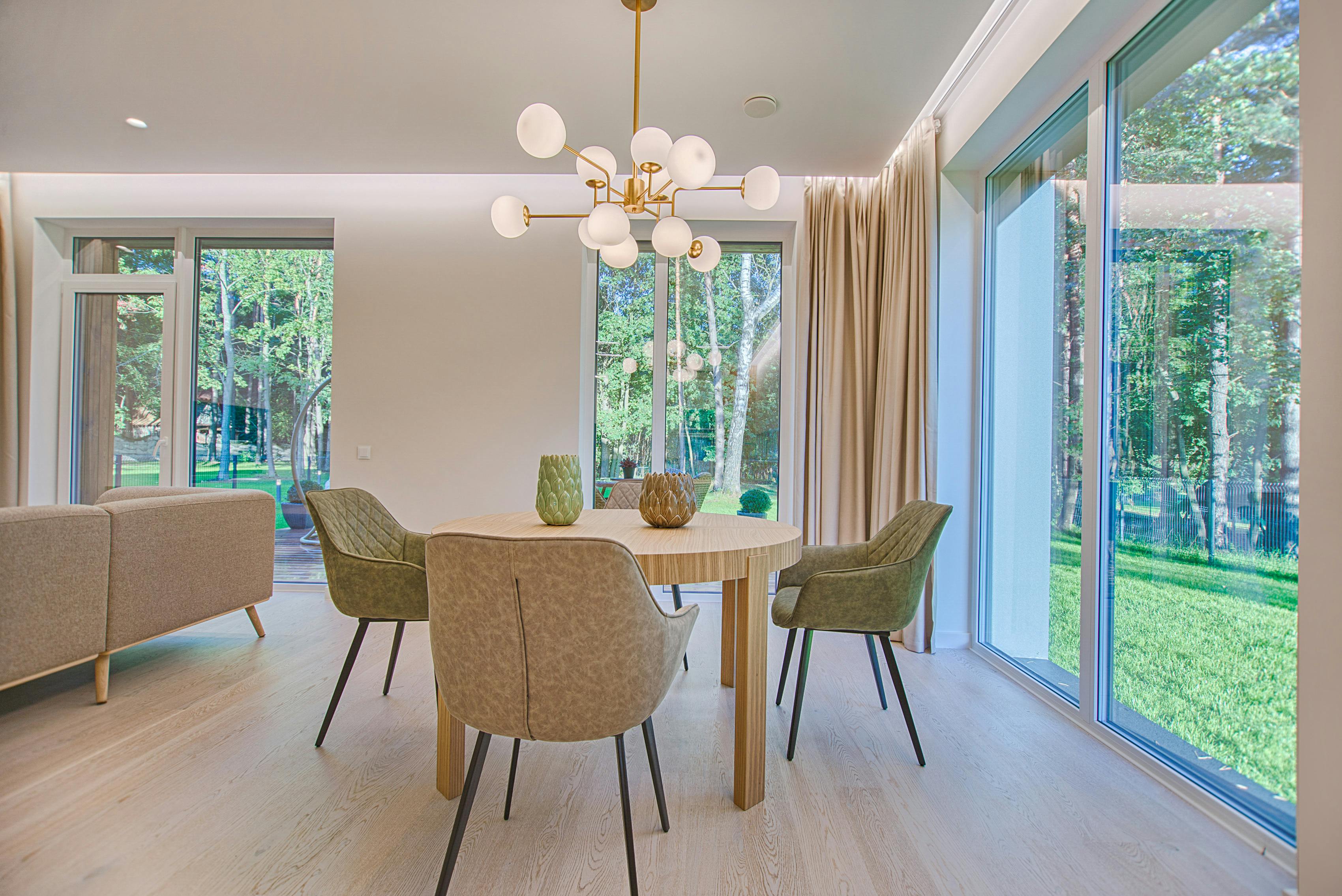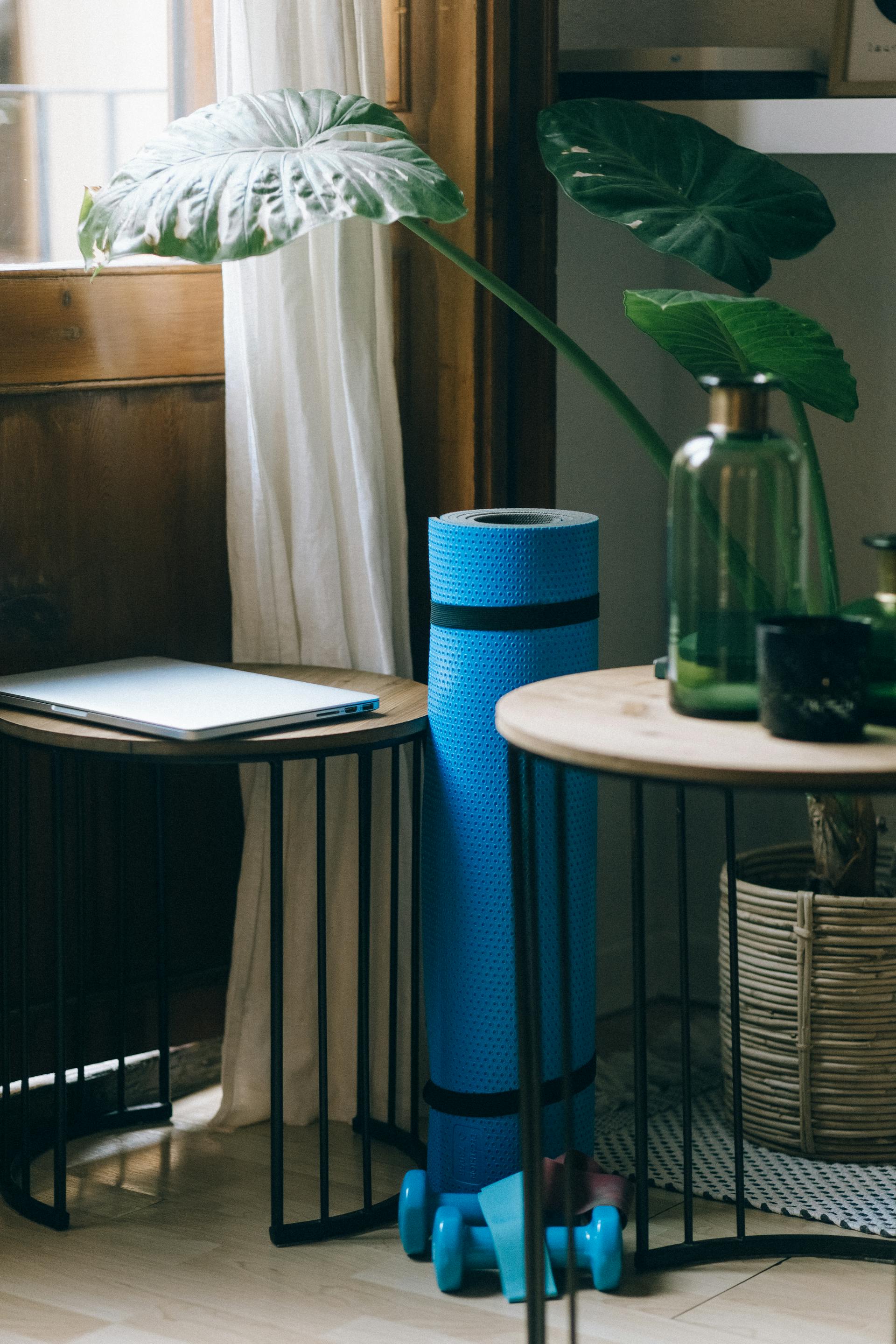The Healthy Home Revolution: Beyond Paint and Floors
Your home should be your sanctuary, not a chemistry experiment. We've all heard about low-VOC paint and formaldehyde-free flooring by now—they're the kale and quinoa of healthy home products. But what about the sneaky toxins lurking in places you'd never expect? Let's dive into the surprisingly extensive world of healthy home products, including a few curveballs you probably haven't considered.
The Paint and Floor Situation
Before we venture into uncharted territory, let's quickly address the classics. Low-VOC (volatile organic compound) paint has become the standard for good reason. Traditional paints release chemicals into your air for years, contributing to headaches, respiratory issues, and that "new paint smell" that's less "fresh start" and more "chemical cocktail." Look for paints with VOC levels below 50 grams per liter, or better yet, zero-VOC options from brands that third-party certifications back up. I checked with my Sherwin Williams rep, and the Super paint has zero VOC's while the Emerald line meets the most stringent VOC regulations.
For flooring, solid hardwood, natural linoleum (made from linseed oil, not vinyl), cork, and ceramic tile are your friends. If you're set on engineered wood or laminate, seek out products certified by GREENGUARD or FloorScore, which test for acceptable emission levels. The adhesives matter too—ask your installer about low-VOC options.
Window Treatments: The Fabrics of Concern
Here's something that rarely makes the healthy home conversation: your curtains and blinds might be silently off-gassing flame retardants and stain-resistant chemicals. Many conventional window treatments are treated with PFAs (those "forever chemicals" you've been hearing about) and formaldehyde-based finishes.
Opt for organic cotton, linen, or hemp curtains without stain-resistant treatments. This can apply for bedding, upholstered furniture, etc. too. For blinds, real wood or aluminum options beat vinyl hands-down. Bonus: natural fabrics actually improve indoor air quality by acting as passive air filters, trapping dust particles instead of repelling everything with a chemical shield.
Mattresses: Where You Spend a Third of Your Life
You wouldn't willingly nap on a pile of flame retardants and polyurethane foam, yet that's essentially what many conventional mattresses are. The law requires mattresses to meet flammability standards, but not with toxic chemicals. Natural latex, organic wool (which is naturally flame-resistant), and organic cotton mattresses exist and are worth every penny.
Look for GOTS (Global Organic Textile Standard) or GOLS (Global Organic Latex Standard) certifications. Yes, they're pricier, but consider this: you're sleeping on it for 2,500+ hours annually, breathing whatever it's off-gassing directly into your face. Suddenly that investment feels more reasonable.
Cleaning Products: The Irony of "Clean"
TheProducts you use to clean your home might be dirtying your indoor air quality. Conventional cleaners often contain phthalates, ammonia, chlorine, and synthetic fragrances that can trigger asthma, disrupt hormones, and irritate skin. I like to use an app called Yuka which scores products by scanning the product barcode and gives health ratings - Beware, you might get addicted.
Switch to plant-based cleaners with transparent ingredient lists, or embrace the simplicity of vinegar, baking soda, and castile soap. Microfiber cloths can clean most surfaces with just water, eliminating the need for products altogether. For those who need the psychological satisfaction of a "product," Branch Basics, Blueland, and Force of Nature offer genuinely safe alternatives.
Cookware: What's Cooking Besides Your Food?
Non-stick pans coated with PFAS release toxic fumes when heated, especially if scratched or overheated. Even "PFOA-free" non-stick often contains similar concerning chemicals.
Cast iron, stainless steel, carbon steel, and ceramic cookware are your safest bets. Yes, things might stick initially, but proper preheating and fat usage solve that. Cast iron even adds beneficial iron to your food—try getting that nutritional boost from Teflon.
Furniture: The Off-Gassing Elephant in the Room
That new couch smell? It's likely formaldehyde, flame retardants, and VOCs from synthetic foams and fabrics. Furniture is a major source of indoor air pollution that can continue for years.
Seek out solid wood furniture with natural oil finishes, organic upholstery fabrics, and natural latex or wool cushioning. Companies like Medley, Savvy Rest, and The Futon Shop specialize in non-toxic furniture. Second-hand furniture (over five years old) has typically finished its major off-gassing period, making vintage and antique pieces unexpectedly healthy choices, yay!
Air Fresheners: The Oxymoron Product
Here's a wild concept: air fresheners don't actually freshen air. They mask odors with synthetic fragrances containing phthalates and other chemicals that the EPA has linked to hormone disruption and respiratory issues. Plug-ins and sprays are particularly problematic.
Instead, address the source of odors, use essential oil diffusers sparingly (pure oils only), or embrace the radical notion that homes can just smell like... homes. Opening windows regularly beats any synthetic scent.
Electronics: The Static Menace
Electronic equipment releases flame retardants and attracts dust with static electricity, creating little pollution hotspots. While you can't exactly swap your TV for an organic alternative, you can minimize the issue.
Keep electronics in well-ventilated areas, dust them regularly with damp microfiber cloths, and consider the "less is more" approach to screen accumulation. That random tablet collecting dust in your drawer isn't doing your air quality any favors.
The Big Picture
Creating a healthy home isn't about perfection or spending a fortune overnight. Start with what you're replacing anyway—when that mattress hits its ten-year mark or the paint starts peeling, make the healthier choice. Gradually swapping products as they're used up creates sustainable change without waste or financial strain.
Your home's air quality affects your sleep, concentration, immune function, and long-term health. These aren't luxury concerns—they're fundamental wellness investments. And the wonderful irony? Many healthy alternatives actually last longer than their toxic counterparts, making them economical over time.
So yes, choose low-VOC paint and healthy flooring. But don't stop there. Your lungs, skin, and future self will thank you for thinking beyond the obvious. Let us help by suggesting healthier products on your next renovation - Intuitive Interiors 972 571 9506.
related articles

Cozy but Minimal: The ease of design for the comfortably clean

Sacred Spaces: How Religion and Spirituality Shape Home Design


